8 Chef-Inspired Ways to Reuse Food Scraps
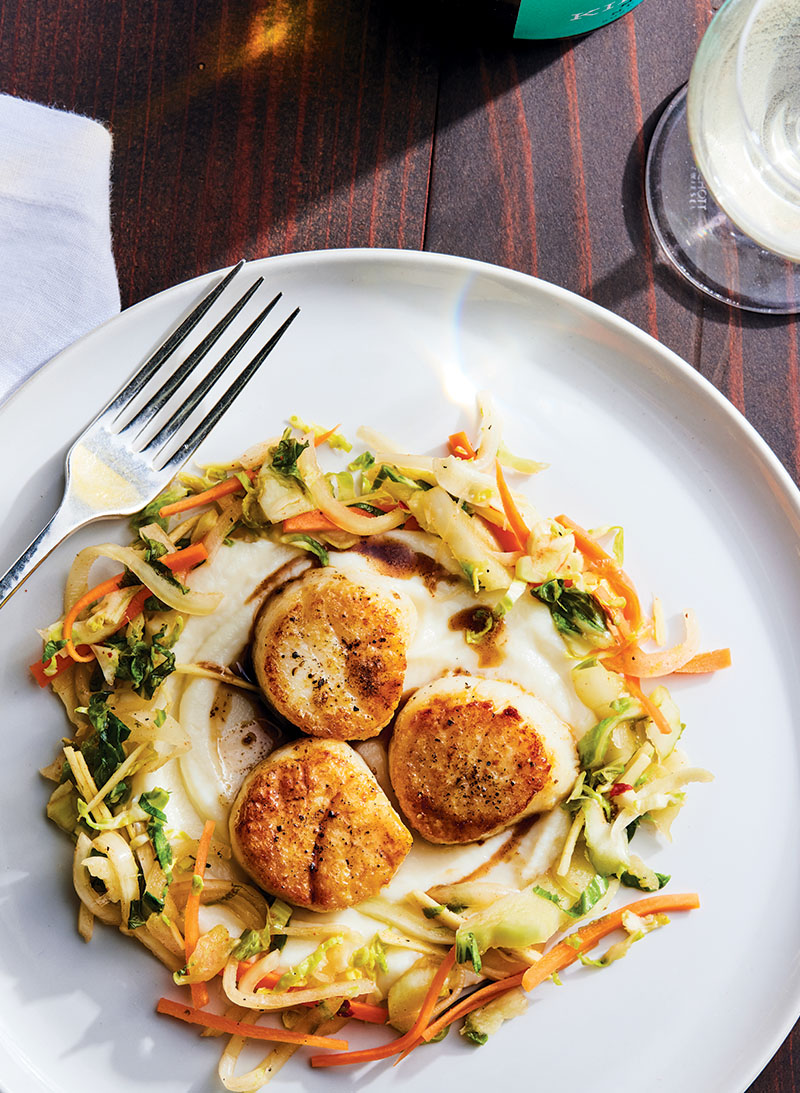 Chefs are finding more treasure in the trash than ever before. Over the past decade, awareness of food waste and its impact on the bottom line and the environment has grown. As a result, chefs have become more creative upcycling trim, scraps and other prep waste, especially of late, with rising food prices. So much flavor often remains in these bits and pieces that can amp up the menu in big and small but meaningful ways. Go beyond making pistou with carrot tops and meringue from aquafaba by considering leftover orange juice, vegetable scraps and coffee grounds.
Chefs are finding more treasure in the trash than ever before. Over the past decade, awareness of food waste and its impact on the bottom line and the environment has grown. As a result, chefs have become more creative upcycling trim, scraps and other prep waste, especially of late, with rising food prices. So much flavor often remains in these bits and pieces that can amp up the menu in big and small but meaningful ways. Go beyond making pistou with carrot tops and meringue from aquafaba by considering leftover orange juice, vegetable scraps and coffee grounds.
Recipes from this article:
INFUSED OILS
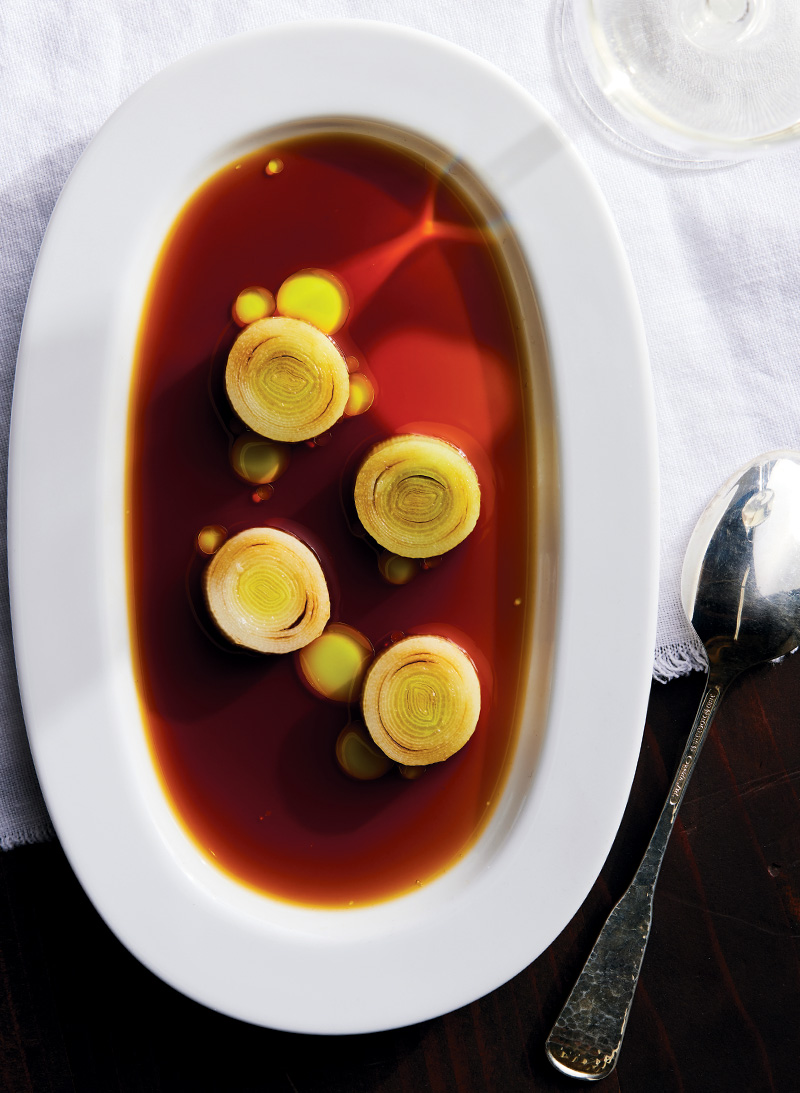 The oil from frying shallots as a garnish can give dressings and sautés a deeper flavor. The same concept applies to citrus peels. Chef Andrew Court infuses oil with peels to brighten dishes, such as tartars, as well as a sea trout with fava pesto, at the InterContinental Chicago Magnificent Mile.
The oil from frying shallots as a garnish can give dressings and sautés a deeper flavor. The same concept applies to citrus peels. Chef Andrew Court infuses oil with peels to brighten dishes, such as tartars, as well as a sea trout with fava pesto, at the InterContinental Chicago Magnificent Mile.
CREATIVE COFFEE GROUNDS
Chef Matt Kammerer of The Harbor House in Elk, California, has a Michelin green star in addition to his two Michelin stars for his commitment to sustainability in the kitchen. He saves coffee grounds from breakfast to use as a bacon cure, and to infuse into sunflower oil, which he then drizzles over a kombu ice cream at dinner service. Remarkably, it tastes like a honey lavender latte.
DRY-AGED DUCK
Executive chef Akshay Bhardwaj at Indian fine dining restaurant Junoon in New York City uses aged duck breast for an entrée, confits and shreds the legs for a khichdi lentil dish, and the carcass for stock. Think of a similar approach for other birds.
LEEK THREE WAYS
For a spring appetizer, Kammerer steams the bottom third of the leek to bring out its sweetness, infuses dashi with the middle portion and blends the top greens into an oil.
BEET ON BEETS
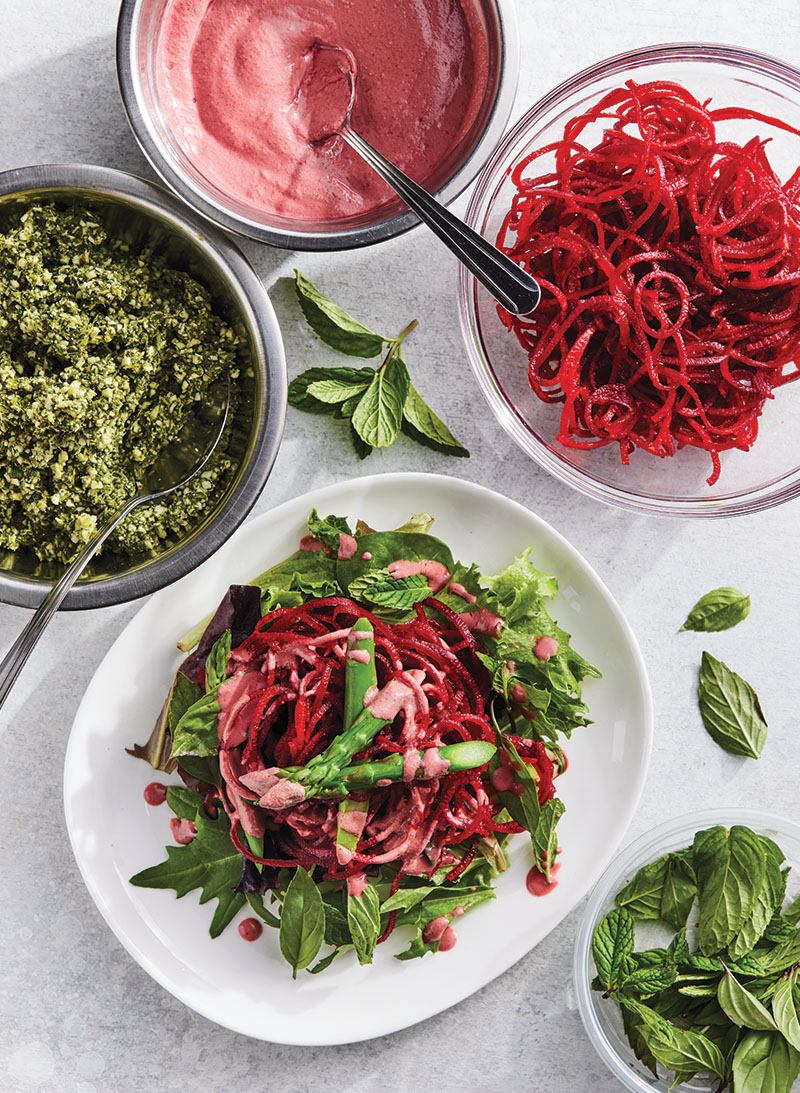 Raw beets are spiralized to make noodles at Pharm Table in San Antonio, while the ends are reserved for making a pink beet crema with cashew cream. The beet noodles are massaged with ginger, turmeric and lemon juice, then garnished with a cilantro coconut chutney. Leftover cilantro stems are reused for tea and stock.
Raw beets are spiralized to make noodles at Pharm Table in San Antonio, while the ends are reserved for making a pink beet crema with cashew cream. The beet noodles are massaged with ginger, turmeric and lemon juice, then garnished with a cilantro coconut chutney. Leftover cilantro stems are reused for tea and stock.
FAMILY MEAL
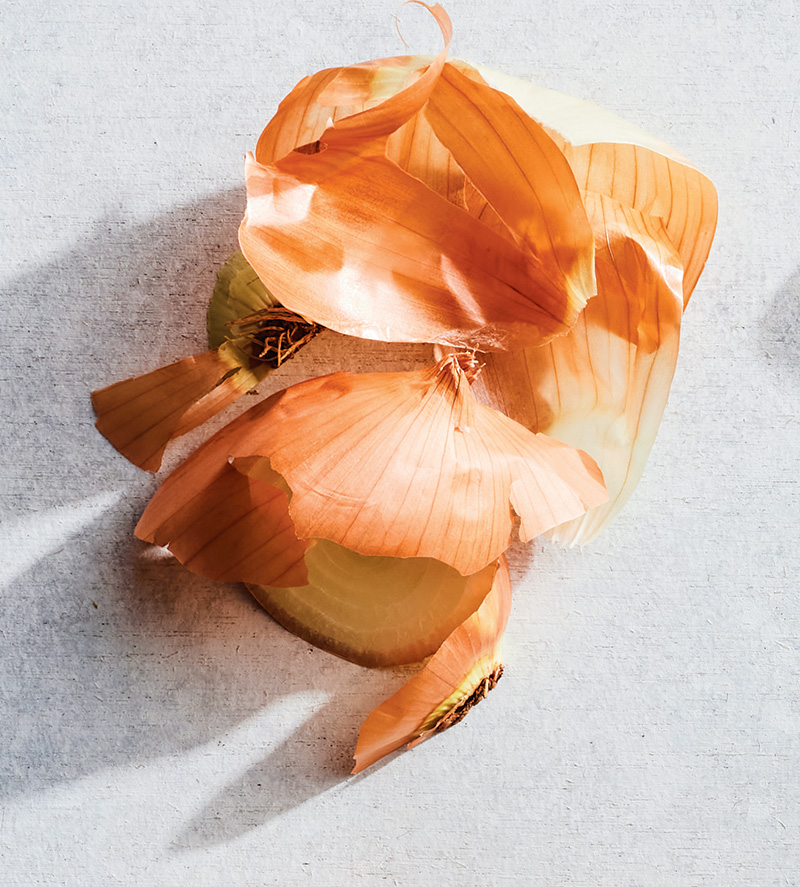 The California-based Eureka Restaurant Group repurposes scraps for family meal that go far beyond soups and salads, says Joe Bejos, vice president of kitchen operations. These meals consist of repurposing food in creative ways, including off-menu items, and are cooked by the kitchen members and/or other team members. Bejos says challenging staff to create meals fosters teamwork and teaches the importance of sustainability and controlling waste.
The California-based Eureka Restaurant Group repurposes scraps for family meal that go far beyond soups and salads, says Joe Bejos, vice president of kitchen operations. These meals consist of repurposing food in creative ways, including off-menu items, and are cooked by the kitchen members and/or other team members. Bejos says challenging staff to create meals fosters teamwork and teaches the importance of sustainability and controlling waste.
FERMENT VEGGIE SCRAPS
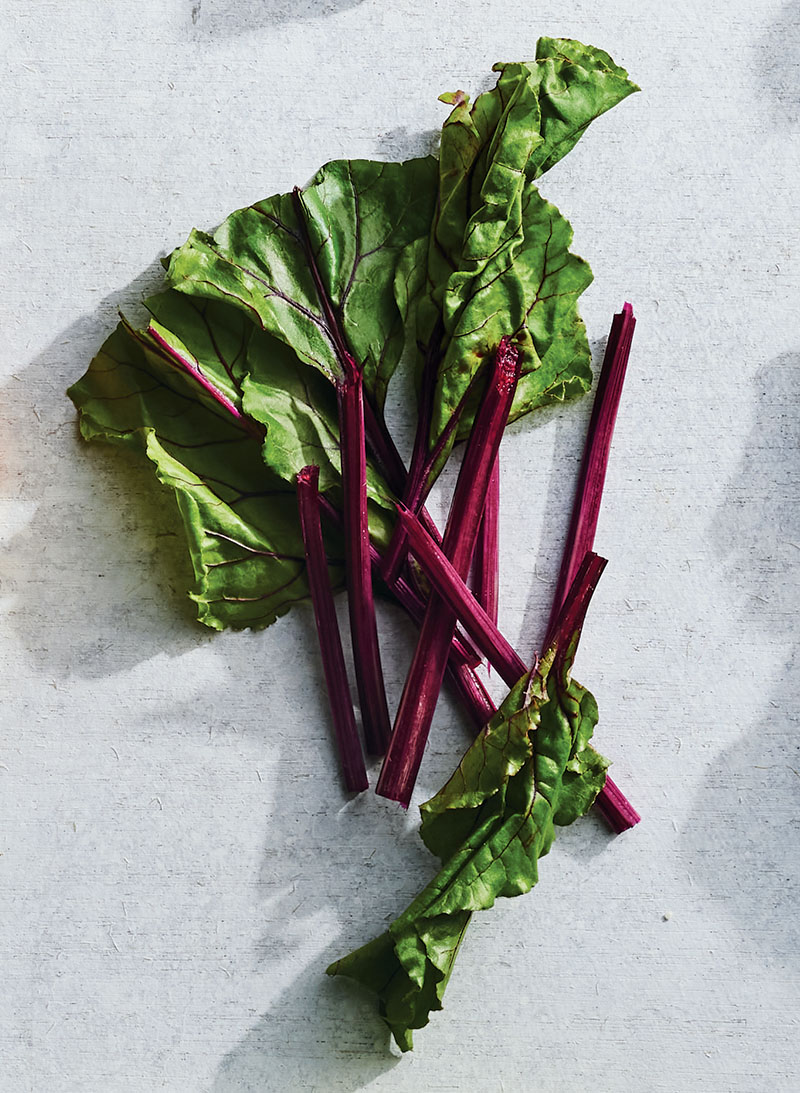 At Field & Vine, chef/partner Andrew Brady ferments all kinds of vegetable scraps at his Somerville, Massachusetts, restaurant. He dehydrates them, turning the waste into a shelf-stable powder, or purées the ferment to add to a sauce. His honeynut-squash dish features both techniques. “We scoop out all of the seeds and pulp and ferment them for a few weeks,” he says. “Some of the guts get dried out, ground into powder and mixed with a little paprika and citric acid before being sprinkled all over the dish as it makes its way to the guest.” Brady purées the rest of the ferment and folds it into hollandaise, to make a version of sauce Choron with squash purée instead of tomato.
At Field & Vine, chef/partner Andrew Brady ferments all kinds of vegetable scraps at his Somerville, Massachusetts, restaurant. He dehydrates them, turning the waste into a shelf-stable powder, or purées the ferment to add to a sauce. His honeynut-squash dish features both techniques. “We scoop out all of the seeds and pulp and ferment them for a few weeks,” he says. “Some of the guts get dried out, ground into powder and mixed with a little paprika and citric acid before being sprinkled all over the dish as it makes its way to the guest.” Brady purées the rest of the ferment and folds it into hollandaise, to make a version of sauce Choron with squash purée instead of tomato.
Chef Marc Forgione also ferments cauliflower stems to make sauerkraut or kimchi from cabbage, then serves them alongside seared scallops with creamy cauliflower purée.
JUICY COCKTAILS
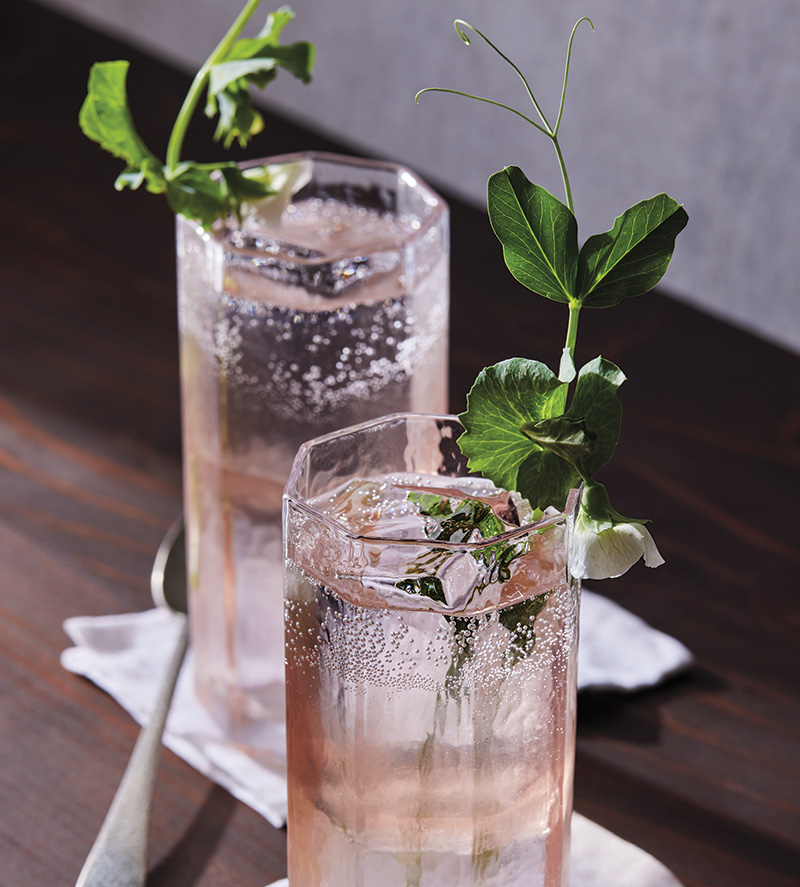 Gracias Madre in Los Angeles and Newport Beach, California, reduces its carbon footprint behind the bar by upcycling leftover grapefruit and orange juice from brunch in palomas and micheladas. Bonus: These cocktails all have extended shelf lives and are sold to-go.
Gracias Madre in Los Angeles and Newport Beach, California, reduces its carbon footprint behind the bar by upcycling leftover grapefruit and orange juice from brunch in palomas and micheladas. Bonus: These cocktails all have extended shelf lives and are sold to-go.

